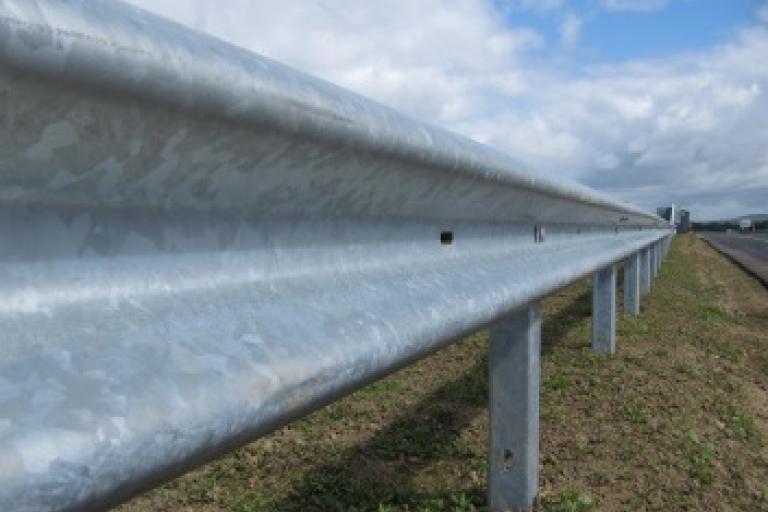
Pedestrian guardrails are strategically positioned at road junctions and crossing points to safeguard both adults and children, ensuring their safety while maintaining an unobstructed view for motorists.

Vehicle Restraint Systems (VRS), also known as safety fences, are primarily installed on motorways, dual-carriageways, junctions, and approaches to roundabouts. Their primary function is to contain and redirect errant vehicles, preventing them from crossing central reservations into oncoming traffic or veering off the road in the event of an accident or collision.

Trip rail fencing, also known as knee rail fencing, serves multiple purposes. It clearly defines boundaries in areas like car parks and along pathways, and it effectively deters vehicles from encroaching onto grassy areas.
Maintenance standards
Vehicle restraint barriers
- Damaged barriers will be made safe within 2 to 24 hours, depending on a risk assessment.
- Permanent repairs will be completed within 7 days.
Pedestrian barriers and other fences
- For those under the council's responsibility, damaged barriers and fences will be made safe within 2 to 24 hours, based on a risk assessment.
- Permanent repairs will be completed within 28 days.
Report a problem
You can report a problem with barriers and guardrails online or call 0800 0232334.